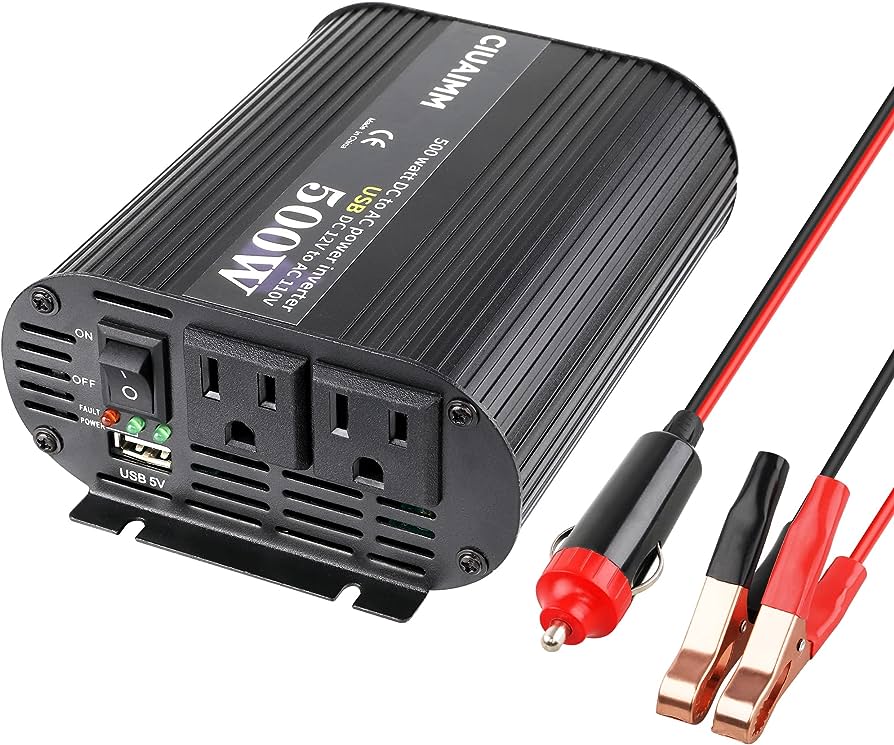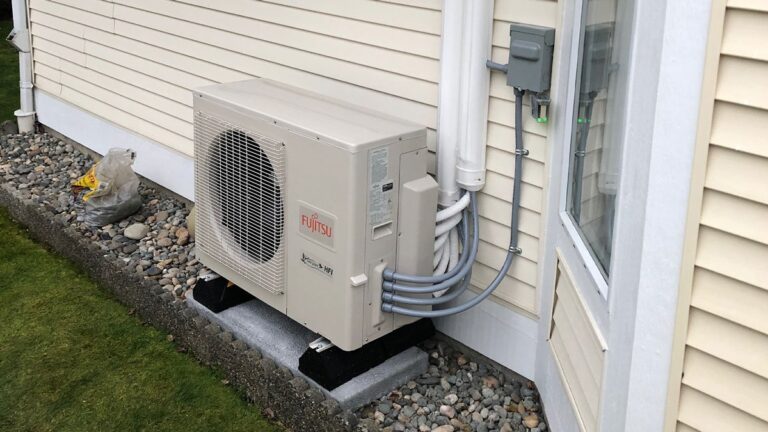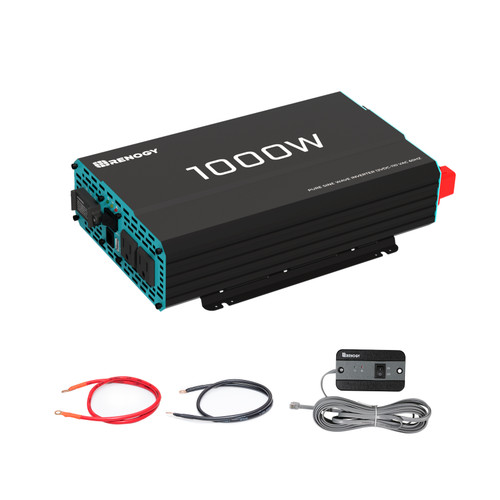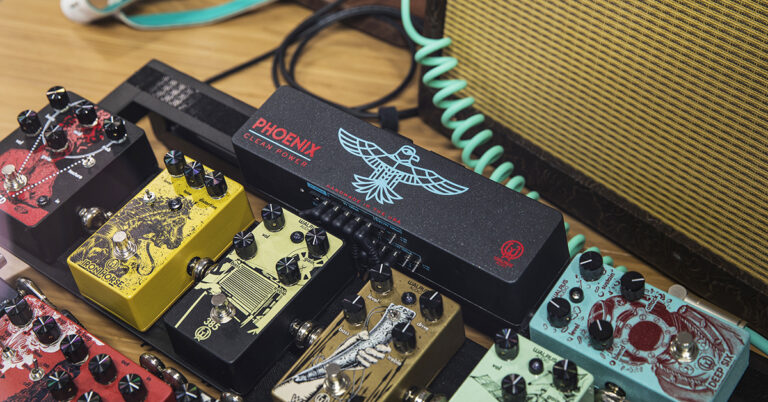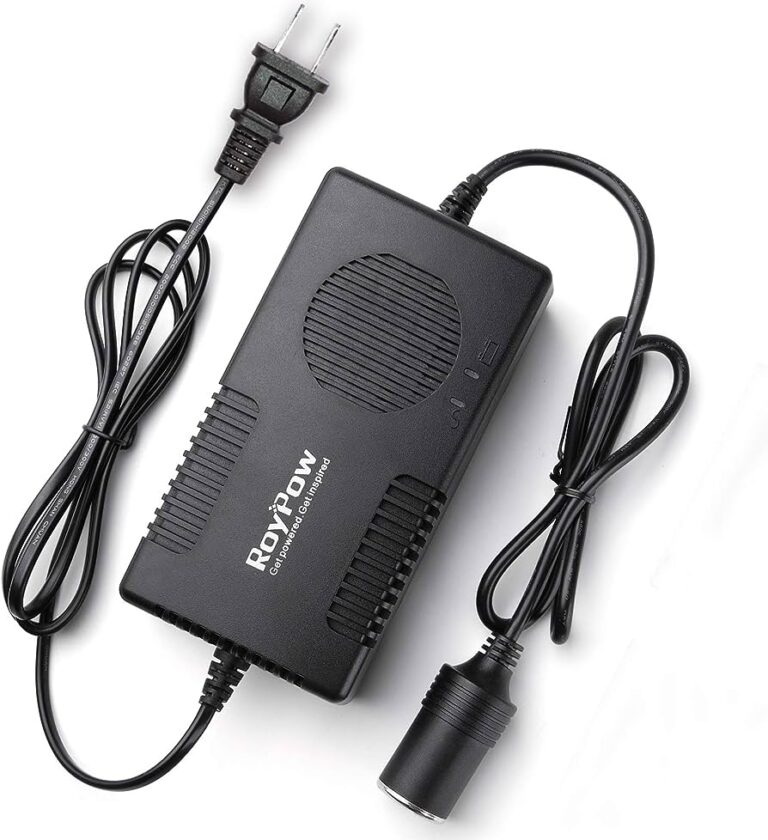How to Maximize Your Camping Experience with a Power Inverter
To use a power inverter while camping, connect it to your car’s battery and plug in your devices to the inverter’s outlets for instant access to AC power. Camping with a power inverter allows you to charge smartphones, laptops, and other electronics, providing convenience and comfort during your outdoor adventures.
Whether you need to power a mini-fridge, a portable fan, or charge camera batteries, a power inverter is a versatile tool for camping. With the right inverter and proper setup, you can enjoy the benefits of electricity even in remote locations.
So, let’s dive into the details of using a power inverter while camping and make the most of your outdoor experience.
Understanding Power Inverters For Camping
Learn how to effectively use a power inverter while camping to keep your devices charged and powered up. Discover the ins and outs of power inverters and how they can enhance your camping experience.
A power inverter is a device that converts DC (direct current) power from your vehicle’s battery into AC (alternating current), allowing you to use and charge your electronic devices while camping. Whether you want to power your laptop, charge your smartphone, or run small appliances, a power inverter can be a game-changer for your camping adventures.
Here’s what you need to know about power inverters for camping:
What Is A Power Inverter?
- Converts DC power from your vehicle into AC power for various electronic devices.
- Available in different sizes and power capacities to suit your needs.
- Can run off the vehicle’s battery or be connected to a separate battery bank.
Why Do You Need A Power Inverter For Camping?
- Convenience: Stay connected and power your electronic devices even in remote camping locations.
- Versatility: Charge your smartphones, tablets, cameras, and other essential gadgets.
- Comfort: Run small appliances like fans or lights for a more comfortable camping experience.
How Can A Power Inverter Enhance Your Camping Experience?
- Keep your electronics charged: Power your smartphones, tablets, and laptops to stay connected and entertained while enjoying the great outdoors.
- Run small appliances: Boost your comfort with a power inverter by running small appliances like fans, lights, or even a small refrigerator for storing perishable items.
- Emergency preparedness: A power inverter can be a valuable asset during emergencies, allowing you to charge essential devices and stay connected with the outside world.
Overall, a power inverter can be a game-changer for your camping experience, providing you with the convenience, versatility, and comfort you desire. So, get ready to embrace the great outdoors without sacrificing the power to stay connected and enjoy the modern amenities while camping.
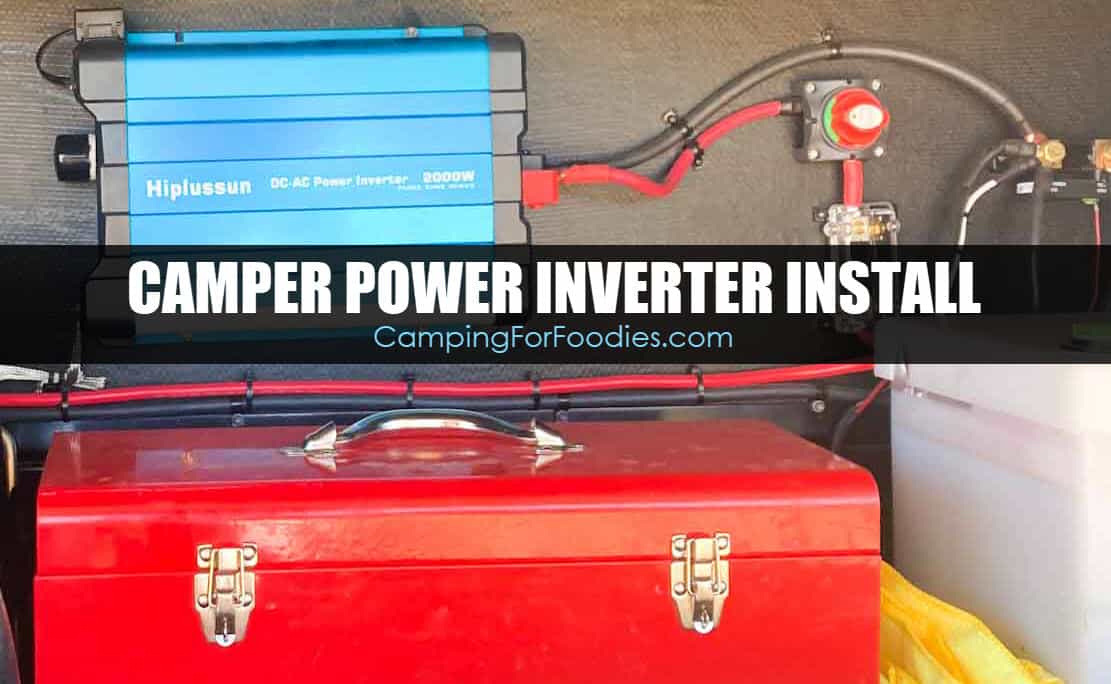
Credit: www.campingforfoodies.com
Selecting The Right Power Inverter
Selecting the right power inverter for camping is crucial. Ensure it meets your power needs, is portable, and has the necessary safety features for a hassle-free camping experience.
If you’re planning a camping trip and want to bring along electronic devices, a power inverter is essential. But with so many options available, how do you select the right one for your needs? Here are some key factors to consider when choosing a power inverter for your camping adventure:
Determine Your Power Needs And Device Compatibility
When selecting a power inverter, it’s important to determine your power requirements. Consider the devices you plan to use and their power ratings. Some devices, such as smartphones and tablets, require only a small amount of power, while others, like refrigerators or air conditioners, demand a larger supply.
To identify your power needs, follow these steps:
- Make a list of all the electronic devices you plan to use during your camping trip.
- Check the power ratings of each device. You can find this information on the product labels or in the user manuals.
- Calculate the total power consumption by adding up the wattage of all the devices you plan to power simultaneously.
Understanding Power Inverter Sizes And Ratings
Power inverters come in various sizes and ratings, which can be confusing if you’re not familiar with the terminology. Here’s a breakdown of the key specifications you should consider:
- Wattage: The wattage rating of a power inverter indicates the maximum power it can supply. Ensure that the inverter you choose has a wattage rating higher than your calculated power consumption to avoid overloading the system.
- Peak power rating: Some devices require a higher power surge during startup. A power inverter with a high peak power rating can handle these surges without shutting down.
- Output voltage: Most power inverters provide a standard 120V AC output, which is compatible with most household appliances. However, if you plan to use devices that require a different voltage, make sure the inverter can accommodate it.
- Number of outlets: Consider the number of outlets you will need to connect your devices. Some power inverters offer multiple outlets, allowing you to power multiple devices simultaneously.
Considering The Type Of Power Inverter
One crucial aspect to consider when selecting a power inverter is the type of waveform it produces. There are two types available: modified sine wave and pure sine wave. Here’s what you need to know about each type:
- Modified sine wave: Modified sine wave inverters are generally more affordable and can power most devices. However, some sensitive electronics, such as medical devices or certain audio equipment, may experience issues or reduced performance when connected to a modified sine wave inverter.
- Pure sine wave: Pure sine wave inverters create a waveform that mimics the electrical output from a standard household power outlet. They are compatible with all types of appliances, including sensitive electronics, and deliver a cleaner and more stable power output. However, they tend to be more expensive.
Consider the type of devices you plan to use while camping to determine whether a modified or pure sine wave inverter is the right choice for you.
By considering your power needs, understanding power inverter sizes and ratings, and selecting the appropriate type of power inverter, you can ensure a seamless experience using electronic devices while camping. So, choose wisely and enjoy the convenience and comfort that a power inverter brings to your outdoor adventures.
Powering Your Camping Gear
Discover the incredible benefits of using a power inverter while camping. With easy-to-follow tips and tricks, you can power all your camping gear and enjoy a comfortable outdoor experience. Say goodbye to limited power sources and embrace the freedom and convenience of a power inverter.
Camping is a great way to disconnect from the hustle and bustle of everyday life and reconnect with nature. But just because you’re roughing it doesn’t mean you have to sacrifice all modern comforts. With the help of a power inverter, you can power your camping gear and have a more enjoyable outdoor experience.
Let’s explore how to use a power inverter to charge your electronic devices, run household appliances, and illuminate your campsite.
Charging Your Electronic Devices
- Phones, tablets, and laptops: Keep your communication devices powered up with a power inverter. Plug in your phone, tablet, or laptop and stay connected to the outside world even when you’re deep in the wilderness.
- Cameras and drones: Capture stunning photos and videos of your camping adventures by charging your cameras and drones. Don’t miss out on any picture-perfect moments because of a dead battery.
- Portable speakers and charging stations: Enjoy your favorite tunes while relaxing in your campsite. Use a power inverter to charge your portable speakers and keep the music going. Additionally, you can also charge power banks or other charging stations to ensure you have enough battery backup for your devices.
Running Household Appliances
- Cooking appliances (microwaves, coffee makers): If you’re not in the mood for traditional campfire cooking, bring along your microwave or coffee maker to prepare quick and easy meals and brew your essential morning cup of joe.
- Cooling appliances (electric coolers, fans): Beat the heat and stay cool during hot summer camping trips by using electric coolers and fans. Keep your beverages chilled and create a comfortable environment inside your tent or camping area.
Lighting Solutions
- LED lights, lanterns: Illuminate your campsite with the help of LED lights and lanterns. These energy-efficient lighting solutions provide bright light while preserving battery life. Whether you’re cooking, reading, or simply enjoying the company of friends and family, good lighting is essential for a pleasant camping experience.
With a power inverter, you can power all your camping gear and make your outdoor adventure more convenient and enjoyable. Whether it’s charging your electronic devices, running household appliances, or lighting up your campsite, a power inverter is a versatile tool that enhances your camping experience.
So pack your gear, including a reliable power inverter, and embark on unforgettable camping trips while staying connected and comfortable in the great outdoors.
Optimizing Power Usage And Efficiency
Learn how to optimize power usage and efficiency while camping with a power inverter. Discover the best practices and techniques for using a power inverter to make your camping experience more convenient and enjoyable.
Using a power inverter while camping can greatly enhance your camping experience, providing you with the convenience of electricity in the great outdoors. To optimize power usage and efficiency, there are several key steps you can take. Let’s explore them below.
Managing Power Consumption:
- Be conscious of your power consumption to ensure you make the most of your available power.
- Regularly monitor the power usage of your devices to avoid draining your battery unexpectedly.
- Switch off or unplug any devices that are not in use to reduce power wastage.
- Consider using timers or power-saving features on devices to automatically turn off unnecessary functions.
Prioritizing Essential Devices:
- Determine the essential devices that you absolutely need to power during your camping trip.
- Identify the devices that are crucial for safety, communication, or other essential functions.
- Use your power inverter to prioritize these devices and allocate power accordingly.
Using Energy-Efficient Appliances:
- Invest in energy-efficient appliances or devices that consume less power.
- Look for camping gear with energy-saving features such as LED lights or low-power-consuming fans.
- Opt for appliances with high energy efficiency ratings to maximize your power usage.
Maximizing Battery Life:
- Extend the life of your battery by following some simple practices.
- Avoid overcharging your battery as it can shorten its lifespan.
- Use power management settings on your devices to conserve battery power.
- Charge your devices during daytime hours when your solar panels can generate electricity.
Tips For Conserving Power:
- Utilize natural lighting during the day to minimize the use of electric lights.
- Instead of using electric appliances, opt for manual alternatives where possible (e.g., hand-cranked radios or manual can openers).
- Consider using solar-powered chargers for small electronic devices.
- Group similar tasks together to avoid multiple power-intensive activities at once.
Utilizing Power-Saving Features On Devices:
- Take advantage of the power-saving options available on your devices.
- Enable power-saving mode on smartphones and laptops to reduce energy consumption.
- Adjust the brightness settings on your devices to conserve power.
Understanding the limitations and capacity of your power inverter is crucial to ensuring its effective use while camping. By implementing the above practices, you can make the most out of your power inverter, conserve power, and optimize efficiency. Happy camping!
Frequently Asked Questions Of How To Use A Power Inverter While Camping
Can You Use A Power Inverter For Camping?
Yes, you can use a power inverter for camping. It allows you to power electronic devices using your car battery.
What Do You Use An Inverter For Camping?
An inverter is used for camping to convert DC power from a battery into AC power for various electronic devices.
What Is The Best Way To Use A Power Inverter?
To use a power inverter effectively, connect it to a DC power source, like a car battery, then plug in your AC devices to the inverter’s outlets.
How Do You Use An Inverter For Emergency Power?
To use an inverter for emergency power, connect it to a power source and plug in your devices.
Conclusion
Using a power inverter while camping can greatly enhance your outdoor experience. By converting the DC power from your vehicle’s battery into AC power, you can charge your devices, run small appliances, and enjoy the comforts of home even in the wilderness.
Remember to choose the right size and type of power inverter for your needs, and connect it properly to avoid any electrical issues. Take advantage of the power-saving features available and be mindful of your energy usage to conserve battery life.
With a power inverter, you can have a reliable and convenient source of electricity while exploring the great outdoors. So, next time you plan your camping trip, don’t forget to pack your power inverter and enjoy a hassle-free adventure in nature.

